Meet The Cutest Robots In The World
Furby is a now-classic kid's toy.

Leonardo is a "social robot" by MIT roboticist Cynthia Breazeal.
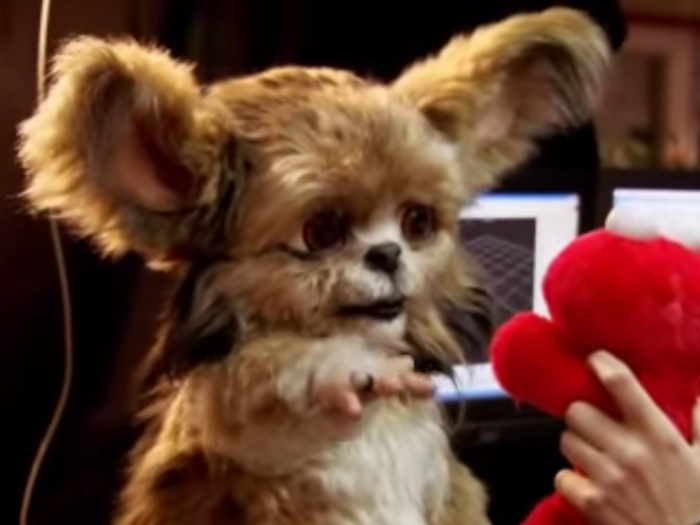
Bearing more than a little resemblance to a Gremlin of movie fame, Leonardo is a robot designed to interact with people — a social robot. Completed in 2002, Leonardo is two and a half feet tall and has a suite of sensors designed to make it optimal for communicating with people:
A camera mounted in the robot’s right eye captures faces. A facial feature tracker developed by the Neven Vision corporation isolates the faces from the captures. A buffer of up to 200 views of the face is used to create a model of the person whenever they introduce themself via speech. Additionally, Leonardo can track objects and faces visually using a collection of visual feature detectors that include color, skin tone, shape, and motion.
NEC's PaPeRo is a research bot for exploring how robots will live with us in the future.
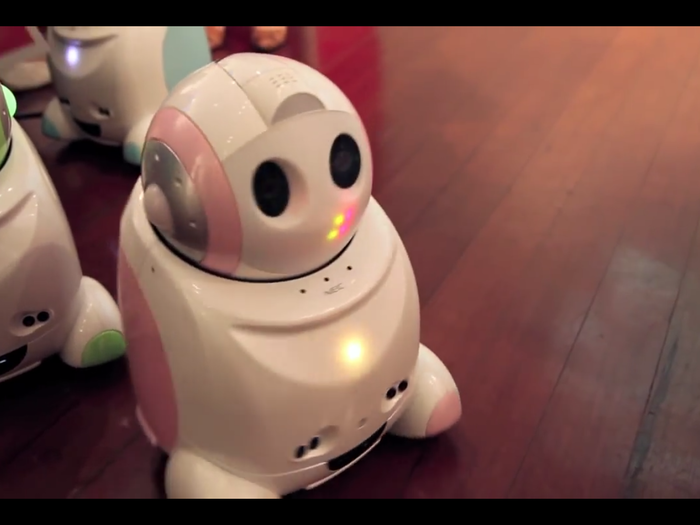
NEC's PaPeRo (Partner-type Personal Robot) is cute as a button, though it's only ever been a prototype for research purposes and is not for sale. It has a facial recognition system to facilitate repeated interactions with a number of different people — an essential function for it to fulfill its straightforward "assignment" of helping roboticists figure out what it takes to get humans and robots to live together frictionlessly.
Sony's AIBO is classic.

Sony's famous robot dog, AIBO, is no replacement for man's best friend, but the digital canine analog can play fetch and respond to being petted with the best of them.
Wikipedia tells us they were "marketed for domestic use as 'entertainment robots.' They were also widely adopted by universities for educational purposes and research into robotics and human-robot interaction."
Sony announced the line of robo-pets would be discontinued ("taken to the farm") in January 2006.
Even Sesame Street had a robot.
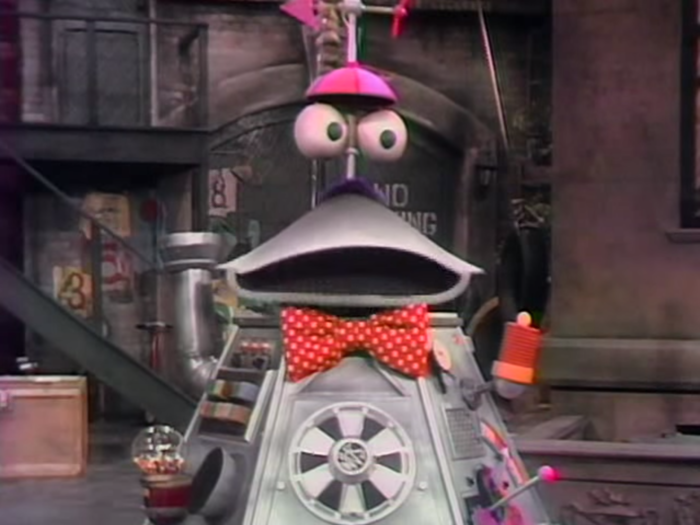
Sam was a character in the beloved children's show "Sesame Street." He's not real, but he's adorable.
The letters in his name are derived from "Super Automated Machine."
Kirobo is heading into outer space.
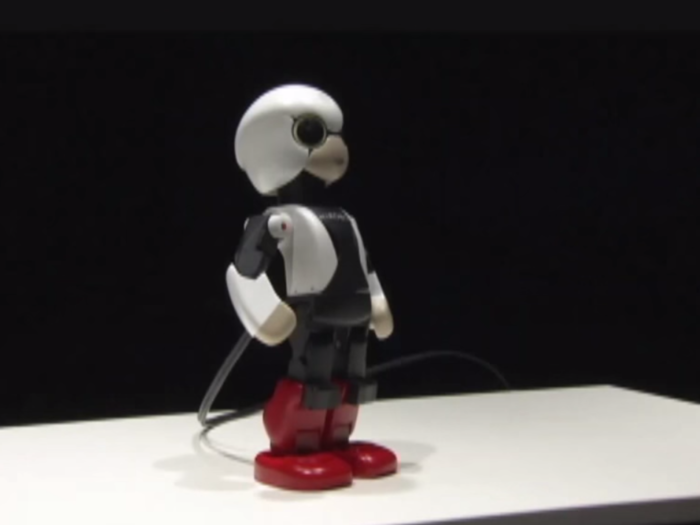
The Japanese Aerospace Exploration Agency will send two Kirobo robots into space on August 4. Despite looking like adorable kids' toys, they are packed with functionality ranging from vocal and facial recognition, and can even converse in Japanese.
Pepper can read human emotions.
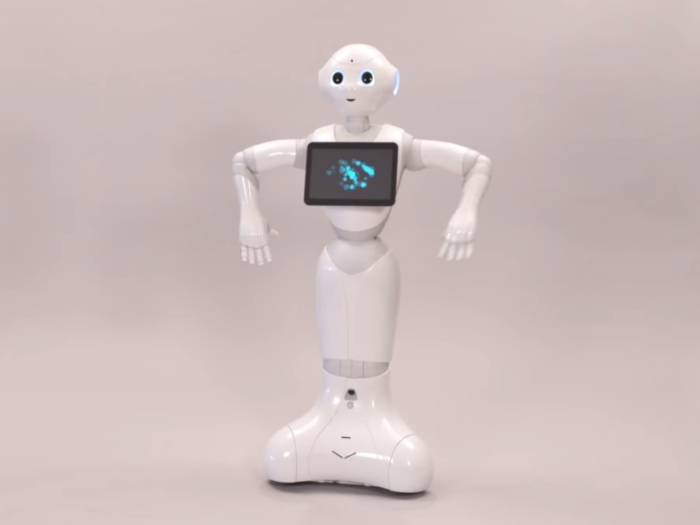
Pepper is s robot designed to make you happy! Not only are his movements fluid (and borderline eerie), but he's equipped with voice and tone analysis to diagnose what the people he interacts with are feeling.
He goes on sale in Japan this February for $2,000.
Crow and Tom Servo, the irreverent lampoon-bots from "Mystery Science Theater 3000."
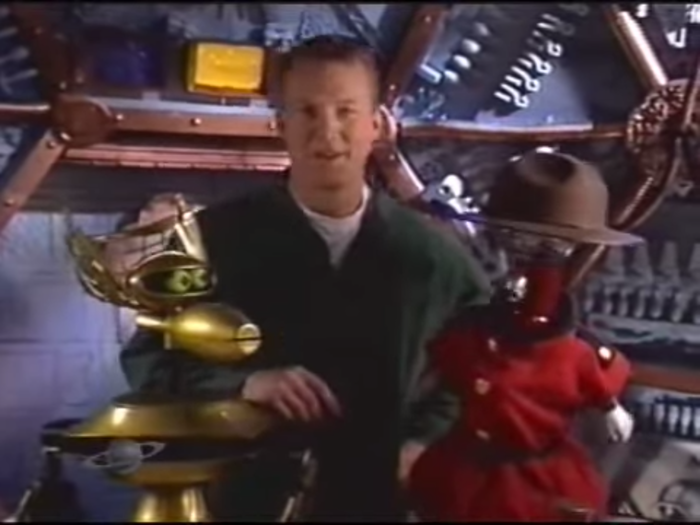
There's very little in-between when it comes to "Mystery Science Theater 3000." You most likely either love it or have barely heard of it.
Two robo-characters from the show, Crow (pictured left) and Tom Servo (pictured right) are subjected to mediocre B-movie after B-movie in the show. Their witty remarks keep the movies worth watching.
Rapiro is an affordable 3-D printed home robot.
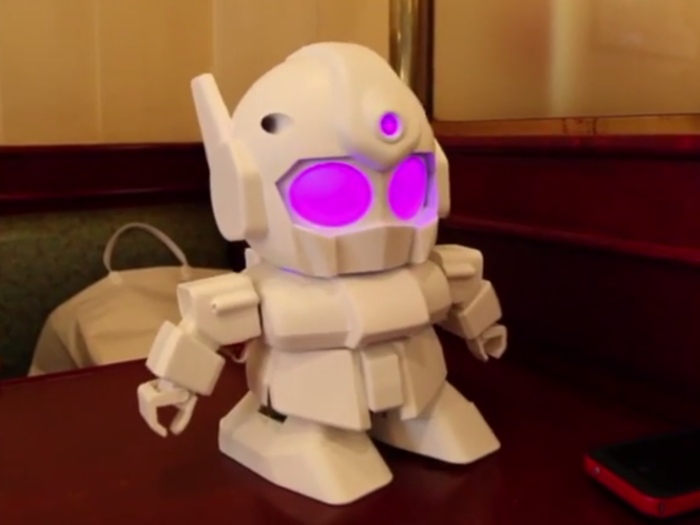
Initially conceived as a Kickstarter project, this pint-size robotic creation uses a Raspberry Pi as its brain. It can walk (slowly) on its two feet, assembles easily, and is meant to be an educational product for robotics beginners. Ain't it adorable?
Bo & Yana are designed to get youngsters interested in coding.
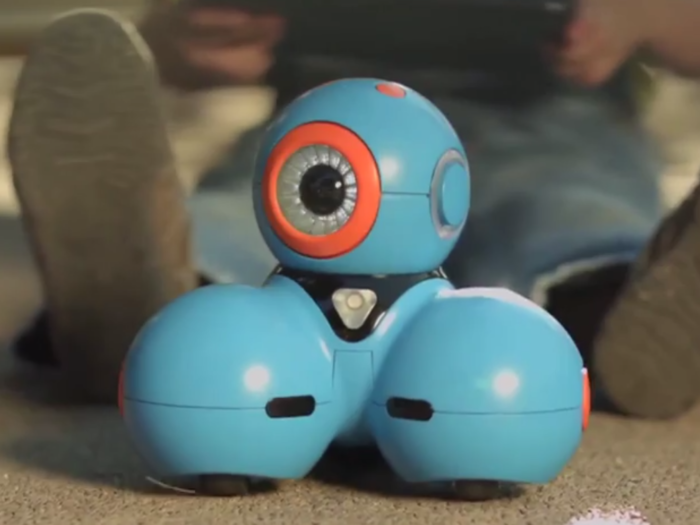
Play-i's Bo and Yana robots are quite warm and inviting in appearance for the sake of getting toddlers interested in interacting with them and figuring out how to make them work. The goal is to introduce youngsters to computer programming.
“Computer science education in the U.S. has gotten worse over the past 20 years,” Play-i founder Vikas Gupta told Venturbeat. “Research shows that kids as young as preschoolers can grasp programming concepts, but no products existed that young children could learn programming with.”
NAO is used for everything from experimentation to education.
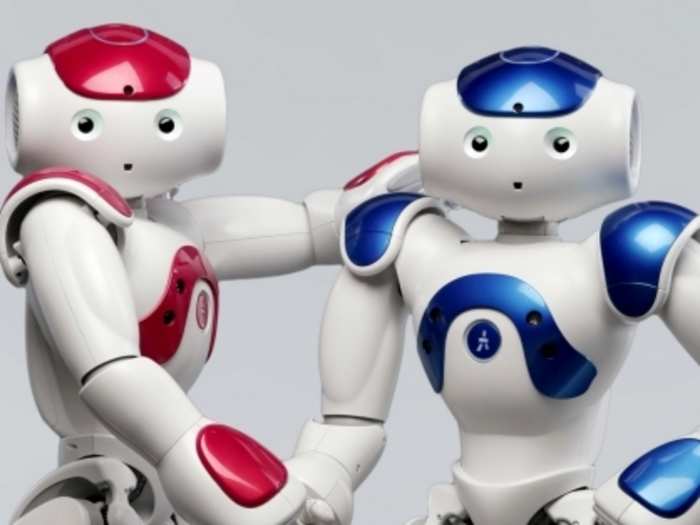
French company Aldebaran Robotics developed the NAO robot as a platform for education and research. The humanoid machines replaced Sony's AIBO as the soccer-bots that compete in the RoboCup Standard Platform League, a robotic soccer competition. We've recently reported on how they're being used in classrooms and even in experiments that suggest we might one day take orders from robotic bosses in the workplace.
Popular Right Now
Popular Keywords
- India’s wearables market decline
- Vivo V40 Pro vs OnePlus 12R
- Nothing Phone (2a) Plus vs OnePlus Nord 4
- Upcoming smartphones launching in August
- Nothing Phone (2a) review
- Current Location in Google
- Hide Whatsapp Messages
- Phone is hacked or not
- Whatsapp Deleted Messages
- Download photos from Whatsapp
- Instagram Messages
- How to lock facebook profile
- Android 14
- Unfollowed on Instagram
Advertisement
